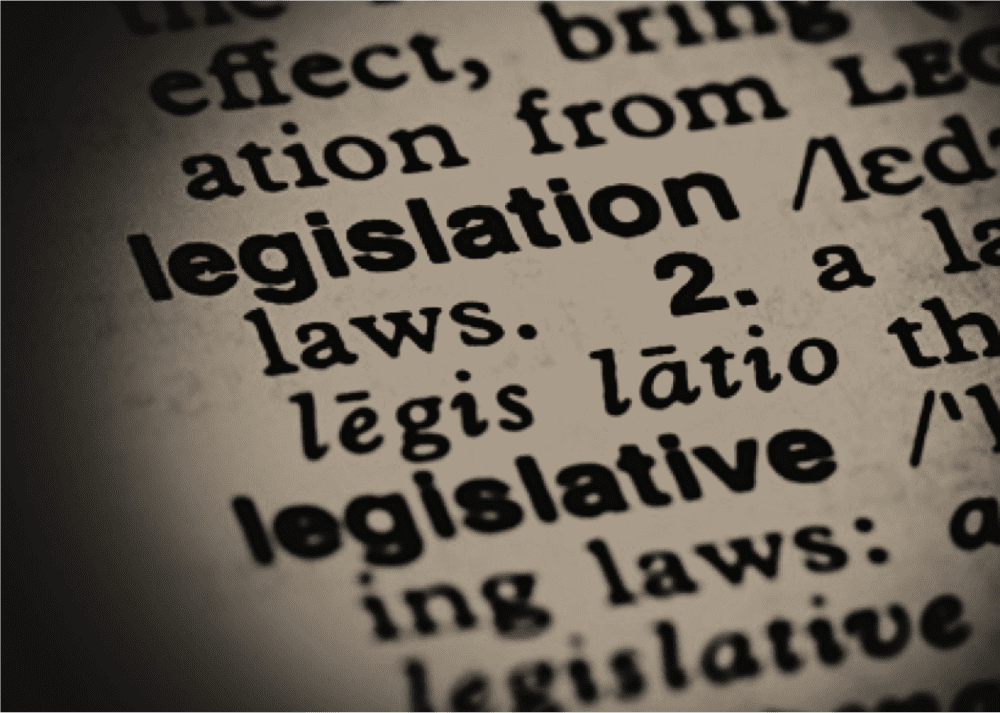Navigating the maze of retirement planning can be a daunting task for both employers and employees. Amid the jargon and paperwork, the Safe Harbor plan emerges as a beacon, offering simplicity and certain benefits over traditional 401(k) plans. Considering that the median retirement savings for all workers is $97,000, ensuring effective and beneficial retirement plans becomes crucial for future financial security.
But what exactly is a Safe Harbor 401(k) plan, and why does it hold such importance in the retirement planning landscape? Read on to learn everything about Safe Harbor 401k rules and decide whether it is the right choice for you.

The Purpose of a Safe Harbor Plan
To appreciate the role of Safe Harbor 401(k) plans, it’s essential to understand their core purpose. These plans were developed to help businesses get around the Actual Contribution Percentage (ACP) and Actual Deferral Percentage (ADP) tests. These tests, under the traditional 401(k) framework, can be cumbersome, ensuring that the benefits for higher-paid employees aren’t disproportionate compared to their lower-paid counterparts.
Safe Harbor plans address this concern by making specific contributions to employee accounts. In doing so, they offer dual benefits. For employers, there’s the relief of skipping the nondiscrimination tests due to the Safe Harbor 401k rules. For employees, there’s the advantage of assured contributions to their retirement savings.
Types of Safe Harbor Plans
Diving deeper, you’ll discover that not all Safe Harbor plans are created equal. They come in different types, each tailored to meet specific needs and preferences.
Traditional Safe Harbor 401(k)
This plan type allows employers to opt for either a basic or enhanced matching contribution formula. The basic match typically involves the employer matching 100% of employee contributions up to 3% of their compensation and then 50% of contributions from 3% to 5%. On the other hand, the enhanced match might promise a full match on up to 4% (or more) of the employee’s compensation, offering a potentially higher match for employees who contribute more.
Safe Harbor Non-Elective Contribution
This is more straightforward. Instead of matching employee contributions, employers give a flat contribution to all eligible employees, usually amounting to 3% of their compensation. This ensures every participant, regardless of their contribution rate, receives some employer funding in their account.
QACA (Qualified Automatic Contribution Arrangement) Safe Harbor
This type of plan stands out due to its automatic enrollment feature. New employees are auto-enrolled in the 401(k) plan, beginning with a deferral rate of at least 3% of their salary. Over time, this rate incrementally rises, allowing participants to save more throughout their career journey.
Main Features of Safe Harbor Plans
Beyond the types of contributions, several characteristics define Safe Harbor plans. For starters, they come with mandatory employer contributions, which can be either matching or non-elective, depending on the chosen plan type.
Another appealing feature is the immediate vesting of Safe Harbor contributions. This means that the contributions made by the employer to the employee’s account are the employee’s to keep, with no waiting period.
Employers also have a responsibility under these plans. They must provide the required annual notices to employees, ensuring that the workforce is informed about the plan’s features and their rights. Finally, Safe Harbor plans also offer flexibility, allowing businesses to select from various types to meet their unique needs.
Advantages of Implementing a Safe Harbor Plan
The reasons to consider implementing a Safe Harbor plan are manifold. At the top is the chance to bypass the ADP and ACP nondiscrimination tests, freeing employers from the related administrative burden and potential headaches.
Then there’s the advantage of attracting and retaining talent. With assured employer contributions, employees often view Safe Harbor plans as a competitive benefit, one that can sway their decision to join or stay with a company. Not to mention, these plans can also simplify the administrative processes for businesses, providing a smoother overall experience.
Potential Limitations and Considerations
However, every silver lining has a cloud. With Safe Harbor plans, the commitment to mandatory contributions can be a double-edged sword. While it’s a boon for employees, it’s an obligation for employers, necessitating a consistent financial commitment.
Moreover, there’s the matter of associated costs. Maintaining the plan, especially if working with third-party administrators, can be an expense. Then there are the notice requirements, which, while ensuring transparency, also add to the employer’s list of responsibilities.

Comparing Safe Harbor Plans With Traditional 401(k) Plans
While both Safe Harbor and traditional 401(k) plans aim to foster retirement savings, their nuances differ. Contribution structures in traditional 401(k) plans are more flexible, but they come with the baggage of nondiscrimination tests. On the other hand, Safe Harbor plans, with their mandatory contributions, can be costlier for employers but offer simplicity in administration.
For businesses, the decision between the two boils down to their specific needs, financial capabilities, and the value they place on the associated pros and cons.
Conclusion
Safe Harbor plans are a testament to the dynamic world of retirement planning. By understanding their nuances, businesses can harness their benefits, providing a robust retirement savings platform for their employees while also simplifying their administrative journey. Whether you’re an employer or an employee, the key lies in staying informed and seeking professional guidance when needed.
HedgeThink.com is the fund industry’s leading news, research and analysis source for individual and institutional accredited investors and professionals



































